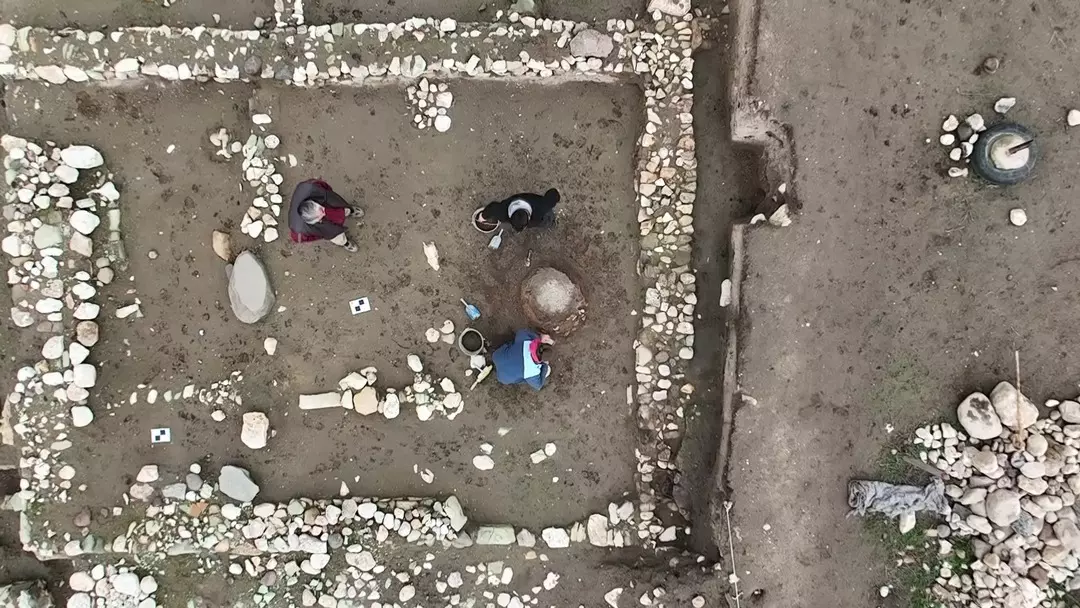The Djoser Step Pyramid in Egypt, constructed around 2,630 BC, has long been regarded as the world's oldest pyramid. However, recent studies on the Gunung Padang site in Indonesia have sparked a significant debate within the archaeological community. Researchers have suggested that this Indonesian site could date back to 25,000 BC, challenging conventional timelines of human construction.
Claims About Gunung Padang
In a paper published a few years ago in Archaeological Prospection, researchers proposed that Gunung Padang might not only predate the Djoser Pyramid but also redefine the history of human civilization. They theorized that the site originated as a natural lava hill, later modified and enveloped by architectural structures. This view implies that advanced masonry techniques may have existed as far back as the last glacial period, far earlier than the emergence of agriculture approximately 11,000 years ago.
The study also drew parallels with other ancient sites like Göbekli Tepe in Turkey, suggesting that complex construction methods could have been utilized before agriculture was firmly established.
Skepticism and Criticism
Despite the intriguing claims, many experts have questioned the findings. Some argue there is insufficient evidence to confirm that the structures at Gunung Padang were man-made. Flint Dibble of Cardiff University pointed out that natural processes could explain the site's features. He stated, "Material rolling down a hill tends to orient itself naturally. There’s no indication of human craftsmanship."
Similarly, archaeologist Bill Farley noted that the dated soil samples lacked evidence of human activity, such as charcoal or bone fragments. These criticisms led to an investigation by Archaeological Prospection, which ultimately retracted the paper. Editors cited concerns from geophysics, archaeology, and radiocarbon dating experts, emphasizing that the soil samples were not connected to any man-made elements.
Retraction and Controversy
The retraction of the paper has sparked a broader conversation about scientific inquiry and academic freedom. The study’s lead author, Professor Danny Hilman Natawidjaja, expressed disappointment, calling the retraction a "severe form of censorship" that undermines transparency and fairness in research.
However, critics maintain that the study’s conclusions lacked the necessary evidence to support such groundbreaking claims. As Bill Farley emphasized, accurate dating alone cannot confirm human involvement without clear indicators of human activity.
The Legacy of Gunung Padang
The debate surrounding Gunung Padang underscores the complexities of studying ancient history and the importance of robust evidence in reshaping our understanding of the past. While the Djoser Step Pyramid continues to hold its place as the oldest confirmed pyramid, sites like Gunung Padang fuel ongoing discussions about humanity’s early achievements and the origins of civilization. For now, the mystery of Gunung Padang remains unresolved, leaving room for future research and discovery.







